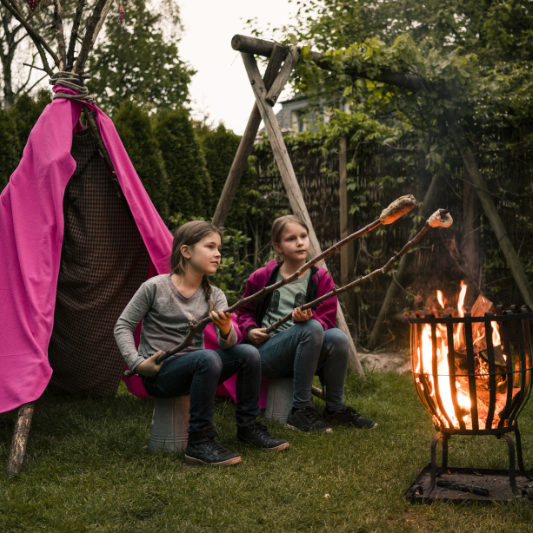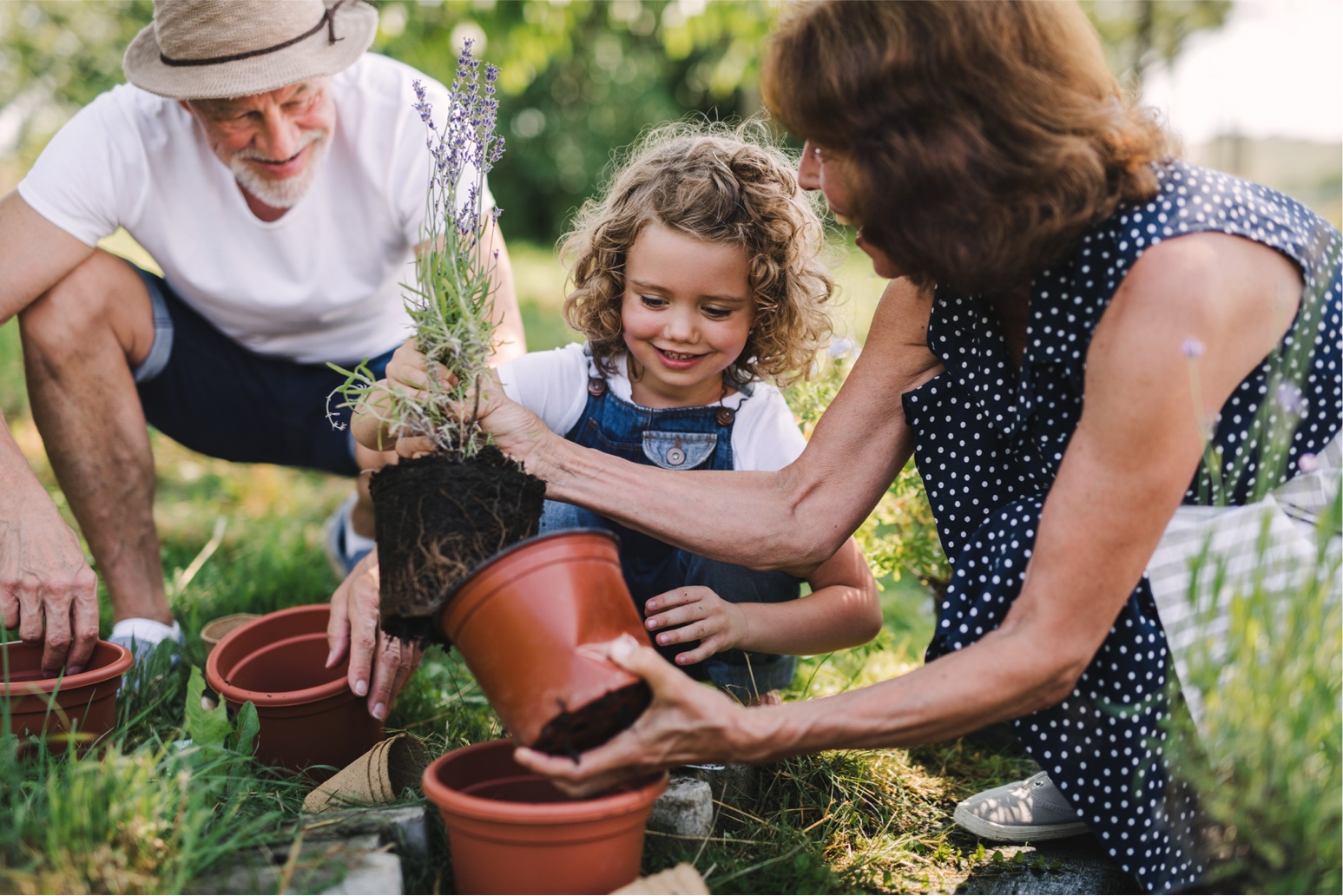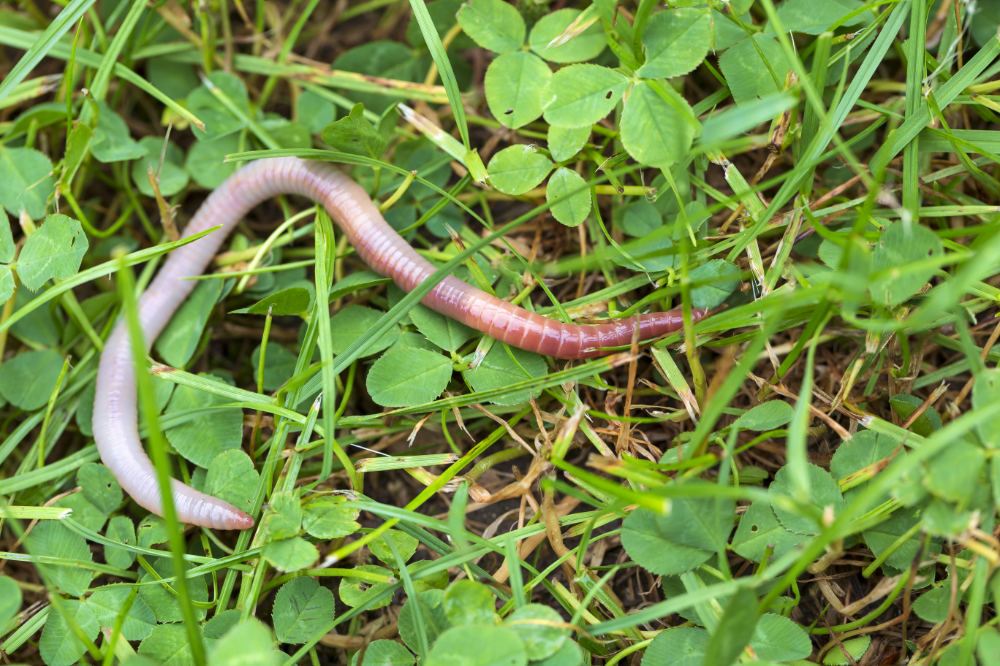Planning the perfect garden is a lot like planning a wedding: you’ve got to consider all the important details, and even then, something will probably go wrong.
But don’t let that deter you. A well-planned garden can take your cooking—and your life—to new heights!
Gardening can be a fun hobby or a way to survive in lean times. You get to spend time outside, you can eat what you grow, and it’s relaxing.
Don’t depend on the grocery stores. If you’re thinking about starting a garden for the first time or if you’ve been growing vegetables for years and want some tips on how to do it better, this guide will be of some help!
Types of Gardens
There are so many options! Do you want a traditional, wide-open field of vegetables? Or are you more interested in an herb garden or container garden? Or maybe you just want to grow some tomatoes on your balcony. The options are endless!
Before you start a garden, you should think about the type of garden that would be best for your situation.
- Indoor – no yard – If possible, try to find an area that gets at least six hours of full sun each day. If not, supplement with grow lights or get creative with how else to provide light (like placing mirrors facing windows). You’ll also want to make sure there is easy access to water—and ideally a hose or other source nearby—so watering won’t end up being too much work on top of everything else!
Also, protect your floors against water damage.
- Do I have a lot of space?
Consider the size of your backyard. Perhaps you could make raised beds to increase the amount of plants you can use, because plants can be closer together as you are not walking on the soil. If you do not have a lot of room, you could consider a container garden.
- Do I have time to commit?
We all have busy lives and a garden does take a commitment of time. Plants depend on water, so if it does not rain, you will have to water.
- What kind of vegetables do I want to grow and in what quantities?
What are your or your family favorites? Does the garden have enough sun for the vegetables to ripen? Consider the size of your garden. Yes, you can plant more in a raised bed.
- How much am I willing to spend on seeds, plants and supplies?
This depends on your income. Sometimes you can save last years seeds if you grow heirloom plants. (The new hybrids cannot produce viable seeds.)
- Or an herb garden?
Once you’ve answered these questions, it’s time to get started with your new project!
Your Location Determines Climate for a Garden
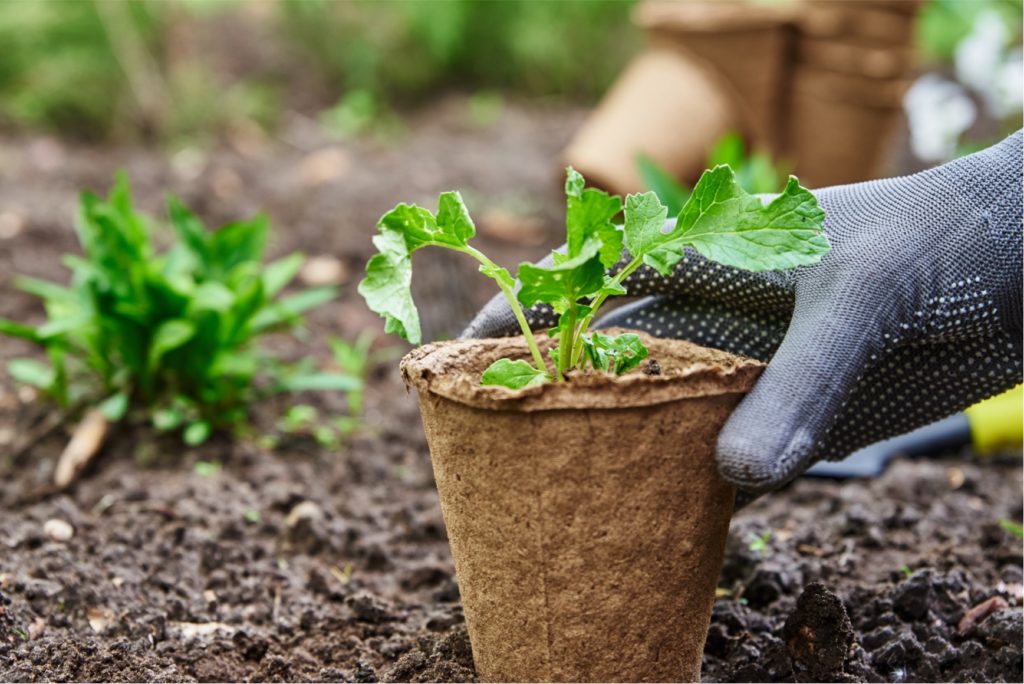
To determine the location of your garden on your property there are a few things to consider.
- How much sun does it get? A sunny spot will allow your plants to grow faster and produce more fruit or vegetables.
The first step is figuring out where to put your garden. You want it to get as much sun as possible, but not too much, or the plants will get burned (and what’s the point of having a garden if your plants are all dead?).
- How much water do plants need? You also need to make sure that water doesn’t pool in any part of the ground where you’re going to plant things.
If you’re growing in a dry climate or have drought-resistant plants, you can save time and money by choosing an area of your yard that doesn’t need as much watering.
- How much space do you have available? If you have mountains of room in your yard but little time for gardening, consider starting small!
Smaller gardens are easier to maintain than larger ones (and they look just as nice). Plus, small gardens are cheaper than large ones since their materials don’t cost as much per square foot (or cubic meter).
Types of Gardens
Maybe you want to plant some herbs in the kitchen window, or maybe you’re interested in growing some fresh tomatoes for your summer salads. Maybe you want to create a space where your kids can learn about nature by planting their own seeds and watching them grow into plants. Whatever kind of garden excites you most, we’ve got tips for making it happen!
- Containers – indoor or outdoor – pots, buckets, baskets.
- Raised beds – high or low beds, One method is to use a raised garden bed, which can be created from anything from wood to stone to concrete. This is also referred to French intensive gardens because the plants can be planted closer as the soil is not compacted.
You can use boards, cinder blocks, bricks or pavers. If you have trouble bending over, you can make your garden very tall, like 30 inches high or on a table top.
- Small garden – 10 feet by 20 feet – or whatever fits your backyard.
- Large garden – Can be a quarter acre to a few acres.
- Farms – several acres, I will not be addressing this here.
Composting for a Garden
Composting is a great way to reduce the amount of waste that you produce. It’s also beneficial for your garden and even your wallet! To learn more about composting, read on:
Composting is the process of breaking down organic materials into a soil-like material. Common materials include food scraps, grass clippings, twigs and leaves. Composting can be done indoors or outdoors; we’ll focus on indoor composting here.
To successfully compost indoors:
- You’ll need a bin to store compostable materials in it until they break down into usable soil. A five-gallon bucket works well as an indoor compost bin—it’s large enough to hold all your kitchen scraps but small enough not to take up too much space in your home.”
There are many options available for sale.
Prepare the Soil for Your Garden
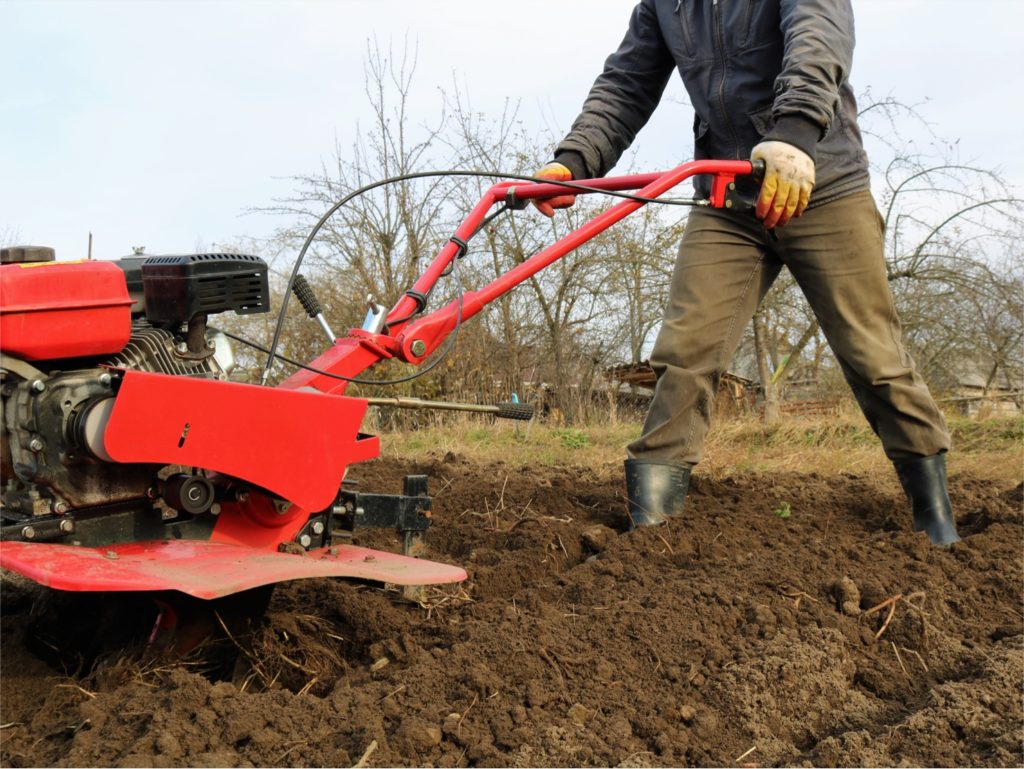
Once you’ve found a location for your garden, it’s time to prepare the soil. If it hasn’t been worked in years or decades (or ever), you may need to till it. (If you’re new at this, we recommend no till.) If the soil has been recently tilled, compost might not be necessary; if it hasn’t been tilled in ages and looks like rocky dirt with weeds growing out of it.
In the Fall before you start the garden, you can lay a tarp down over the soil for a period of time to kill all weeds or grass. Or you can start laying down compost over the area to kill the weeds also. The first spring may require tilling to break the soil up and turn the compost into the soil just to get started.
No-till gardens are often planted using vertical supports like trellises and fences instead of traditional rows that would require more tilling between each plant row; this technique saves water and nutrients for later use by not disturbing the soil.
No-till gardens are more labor-intensive than tilled ones because they require lots of preparation before planting can begin—but they also have less impact on the environment because they use less fuel and reduce soil compaction by allowing worms and other organisms to live in healthy topsoil. No-till gardens are also less likely to experience nutrient depletion over time than tilled ones because nutrients aren’t being lost every time you turn up your soil.
Use a hand tiller (a tool with teeth on one end) or tillage machine if you don’t want to dig up large areas where conventional farming methods are used like plows and disks; these machines remove weeds without disturbing existing plants in their root zones by slicing through them at ground level instead of removing them by hand like weeding does). A conventional Tiller turns the soil over.
Use a gas or electric Tiller to turn the soil. This may require a bit of muscle as they are powerful.
Soil Types Affect Your Garden
Consider the 3 basic types of soil when you start a garden:
Sandy soil –
Poor in nutrients, drains quickly, feels gritty. This type of soil definitely needs amendments to hold moisture and nutrients.
Clay soil
If you have clay soil or heavy clay, add compost to loosen it up before planting. Compost is made from decaying organic matter such as leaves, grass clippings and kitchen scraps like coffee grounds or eggshells. It can be purchased at most garden centers or home improvement stores.
Loamy soil
A mixture of sand, clay, and humus (dead plants, leaves) Excellent for gardens as it holds moisture and has nutrients.
Soil should be loose and well-drained. Adding organic material like compost and manure will help improve the soil structure by breaking down over time. Soils that are too acidic or alkaline can be amended with lime (for acidity) or peat moss (for alkalinity). Some people like to use wood chips for a compost, but these will require adding Nitrogen fertilizer, like blood or feather meal, to make sure the soil has what it needs. The compost may need time in a separate area from the garden to break down as it will generate a lot of heat as it composts.
I don’t recommend adding fertilizer to help improve the plants’ health, but if you do go that route, you should be cautious not to over-fertilize as this can cause other problems for your garden if you don’t know what you are doing. Fertilizer can harm the living creatures living in the soil, like worms, and as a result will interfere with the health of the plants . Adding a mulch—compost also works well—will protect the soil from drying out in summer heat and will keep weeds at bay.
Worms are our Garden Friends
If you’re looking to start a garden or improve the soil in your already existing one, worms are great for both. They help break down food scraps into compost, which can be used as mulch or fertilizer for plants. Worms also eat their way through waste, keeping it from going to waste!
They exist in the ground and will come up into your garden soil to benefit the garden plants.
There are worm compost containers for indoors available for sale or you can just place them in a 5 gallon container filled with moistened newspaper/paper towels (no plastic), then cover with dirt so they don’t dry out.
Choose Your Garden Vegetables
Keep in mind how long it takes for new seeds/plants/seedlings/etc..to sprout up from seeds which depends on many factors such as climate conditions (sunlight exposure), temperature levels within certain ranges (= air temperature + humidity), frost dates, etc..
- Choose vegetables that are easy to grow. If you have a small garden area (such as a balcony), choose vegetables that don’t require much space.
- Choose vegetables that are easy to harvest. Some plants require you to bend over and reach down into the soil, which may not be possible if you have back problems or other physical limitations. Also, keep in mind how much time each fruit or vegetable will take to harvest before choosing it for your garden so you can avoid becoming too exhausted!
- Some plants like string beans, can create a steady harvest by staggering the planting; plant a row every 2 weeks. Squash will continually produce, as will tomatoes.
- Choose vegetables that are easy to store. You don’t want something like lettuce spoiling before it can be eaten—that defeats the whole purpose of having a garden! So make sure any items chosen for storage last well and won’t rot quickly out on their own if left unattended in the sun or rain while they wait their turn at being picked over by hungry mouths passing by beneath. Consider squash, or potatoes. Cabbage can be made into sauerkraut for long term storage.
Weeding and Watering Your Garden
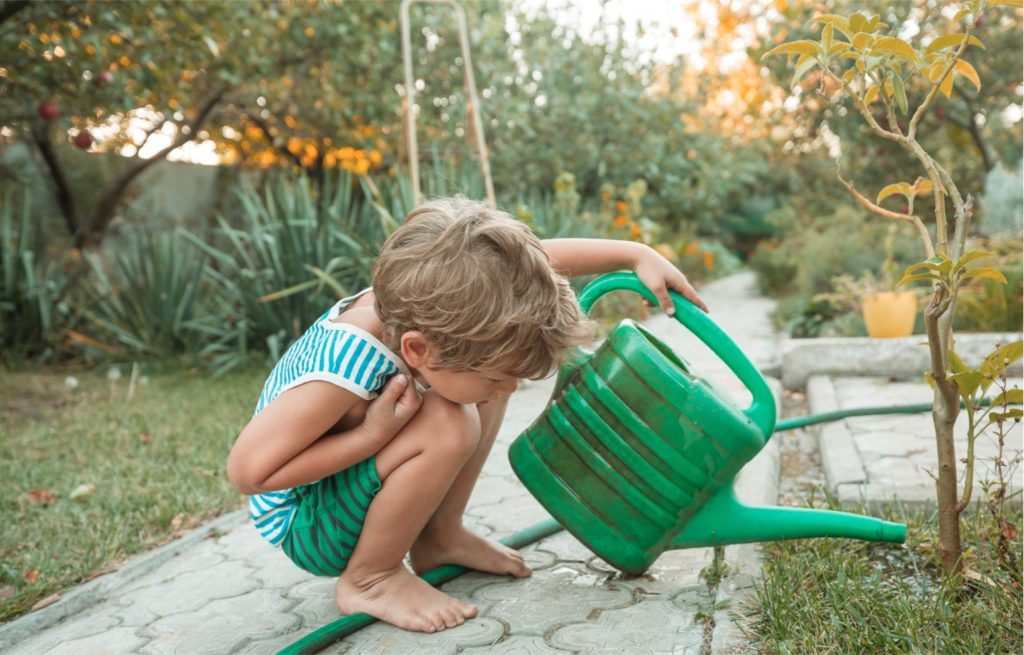
Weeding and watering are two separate things. Weeding is important because it helps the vegetable roots grow, while watering is also important because plants can’t survive without it.
In fact, if you don’t weed your garden often enough, many of your plants will die. Therefore, when weeding a garden, it is imperative that you do not neglect to water regularly at least once per week—the frequency of which depends on how much rain falls in your area each week (anywhere from none at all to several inches).
Harvesting and Additional Planting
It’s time to pick your garden!
- Pick the right time to harvest. If you’ve been following along with our previous tips, then you know that it’s important to pick the right season for planting and harvesting your vegetables. The best way to do this is by using a calendar that marks when different vegetables are ready for picking and eating.
- Harvesting properly is key. Once vegetables have been growing in your garden for a while, they’re ready to be harvested—but not too early! For example, if you harvest peas before they’re ready, they won’t taste as good or grow as big as if you’d waited until they were fully ripe (the pods will open naturally).
To make sure you get the most out of what nature has provided for us all year long, take care when harvesting each vegetable so that there’s plenty left over after picking season has passed its prime; this will help keep soil healthy throughout winter months when nothing can grow outdoors except snowflakes on trees!
Soil needs nutrients from things like compost piles made from dead leaves and dead plants gathered during fall weather; these nutrients help keep plants healthy in wintertime when we don’t have access outside due cold temperatures outside our homes.”
A Successful Garden Depends on Many Things
A successful garden depends on many things. It’s a long-term investment, and it can be a great way to get involved in your community. Soil quality is important, as is water availability and drainage. The right plants must be chosen for the location they’ll be planted in; some plants will thrive even without much attention at all while others need more attention or special care.
The rewards of having your own backyard garden are many: exercise, fresh vegetables (and if you’re lucky enough to have an apple tree or two…), food security throughout the year, a sense of accomplishment after working hard on something that’s yours alone—but most importantly for me? In this day and age when so much produce comes from far away countries where we know nothing about how it was grown or harvested… Having my own organic veggies makes me feel good about supporting local farmers who take pride in their craftsmanship!
In Conclusion
There are a lot of things to consider when starting a garden, but it’s worth it! You’ll feel more connected with your food and the earth, plus you can save money on groceries. Gardening is also good exercise and can be relaxing if done indoors or outside depending on what type of space you have available. Overall, we hope that this article has helped inspire you to grow your own plants at home—or maybe even just inspired them at all!
